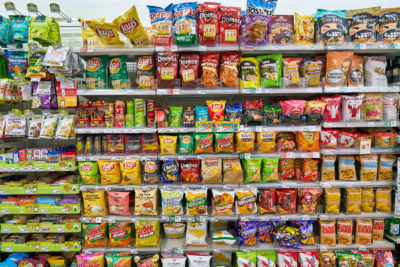 In the process of gaining my postsecondary education, I learned about food deserts, a new concept to me. Once I gained this terminology, my eyes were opened to the reality of availability to nutritious food for families in poverty.
In the process of gaining my postsecondary education, I learned about food deserts, a new concept to me. Once I gained this terminology, my eyes were opened to the reality of availability to nutritious food for families in poverty.
Hindsight being 20/20, I realized that I have observed this reality over my lifetime. Food deserts are geographical areas with residents who lack access to healthy food and fresh produce. While some communities have high-end markets such as Whole Foods, others have only the corner convenience store.
The lack of access to sufficient nutrition is based partially on finances, as the cost of nutrition is rising; incomes are not elevating at the same rate. A second factor is transportation. I do not enjoy grocery shopping. It is a chore to use the self-checkout, haul bags to my car, unload them at home, put them away, and then start cooking. I cannot feel sorry for myself when I recall that there are families juggling these tasks while utilizing public transportation. The reality is that many families have to carry grocery bags onto a bus or a train, which is challenging. Some shoppers cannot afford the cost of a vehicle, insurance, and fuel, and others simply cannot drive due to health or legal limitations. Based on market research by grocery stores that invest in community locations based on profit, it leaves many of our underserved families in a tight spot.
The reality of food deserts is best comprehended by the comparison of convenience stores in neighborhoods of poverty versus neighborhoods of wealth. I’ve lived in both. In areas of wealth, corner stores offer fresh fruit placed near the counter for patrons to make impulse purchases. In high-poverty areas, the same counterspace is filled with snack cakes and candy, junk foods with a high-calorie payoff for the same price. Once it has been drawn to our attention, we can all see the difference in convenience stores in neighborhoods of higher incomes versus stores in underserved areas and the availability of nutrition available. The level of nutrition available for purchase can often be predicted by the presence or absence of bars on the windows.
Independent of social class, we all attempt to carry too many grocery bags at one time. One tip for families utilizing public transportation to transfer groceries home is the “crochet method” of carrying bags. Starting with the heaviest bag, string the handles through the next bag and that through the next bag. The end result is a long chain of bags rather than all the handles pinching fingers. The beauty of this method is that one can hold only the handles of one bag and, while waiting on the bus or train, allow the weight to partially rest on the ground without setting groceries down.
Marketing research dictates what products are sold in each geographical area, but it additionally impacts the nutrition of entire communities. Food deserts limit options for families.








